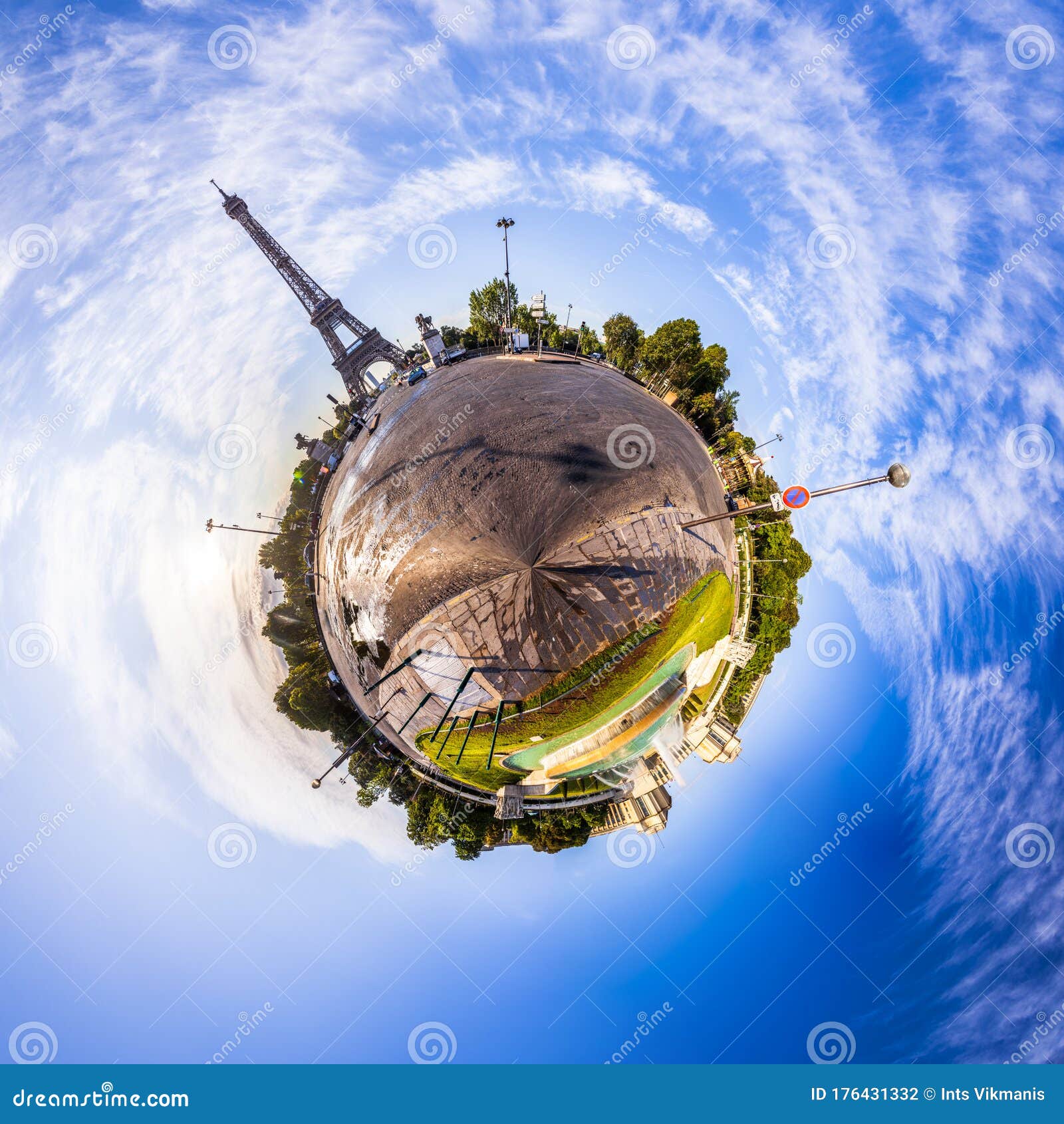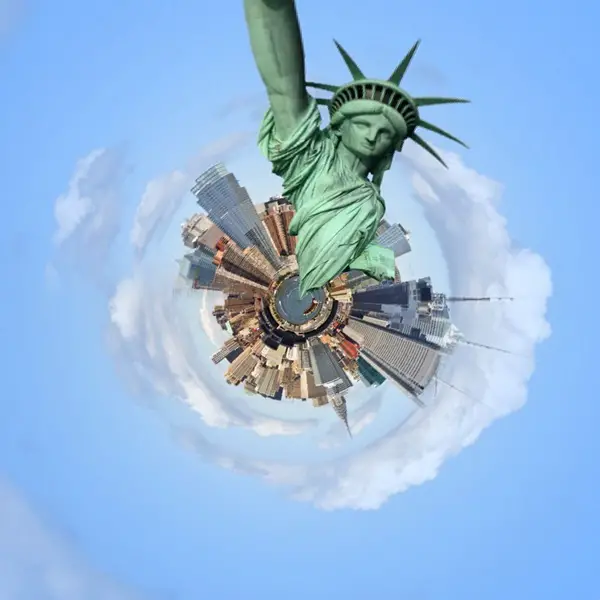
Not all cameras have the latter option, but most cameras that include Live View can be used with the first method. The first is to capture the Live View video feed with a computer using a USB connection. The other is to record a cropped video with the camera itself, if your camera model has this feature. There are two planetary imaging ways to record planetary videos with a DSLR at a 1:1 pixel ratio. The author captured each of these images using a Celestron C11 EdgeHD operating at f/29 and a Canon EOS Rebel T2i in Live View mode. But you can also use your DSLR as a high-speed video camera to take great high-resolution images of the Sun, Moon, and planets like the fine examples above of Neptune, Uranus, Mars, Saturn, and Jupiter. It’s not uncommon to see deep photographs of nebulae and galaxies taken with a stock DSLR, or the Milky Way captured over a picturesque landscape. It’s surprising what DSLR cameras are capable of these days. Use a star near your target to collimate your scope just before you shoot to ensure your best collimation. Newtonian reflectors, Schmidt-Cassegrains, and other mirror-based telescopes need to be precisely collimated to perform at their best. This down-samples every frame, reducing the resolution of the image.
TINY PLANET PHOTOGRAPHY 1080P
In 1080p high-definition video mode, the camera records an image that is only 1,920 pixels wide by 1,080 pixels high.
TINY PLANET PHOTOGRAPHY 720P
Although you can use normal high-definition 1080p or 720p video modes for lunar and solar imaging with great results, you generally don’t want to use this mode for planetary work because it resamples the image recorded by the camera’s detector, and you will lose fine detail.įor example, the sensor in the Canon EOS Rebel T3i (also called the 600D) has an array of 5,184 by 3,456 pixels. Cameras with Live View offer the easiest route, using the zoom preview mode to get to a 1:1 crop of the central portion of the camera’s detector. The trick to capturing the highest-resolution, planetary imaging details with a DSLR is to use a mode that allows you to record the image off the camera’s sensor at its native pixel resolution.

This is where two video modes on your DSLR camera, Live View and high-definition video, come into play. To capture the best planetary images these days, the preferred technique is known as “lucky imaging.” This method records thousands of frames in a high-speed video stream, which you can later sort for the best frames to stack into a final high-resolution image.

But few users realize that the video modes available on DSLR cameras are great for recording high-resolution planetary images. And, of course, DSLRs can be used to snap daytime photos of any kind.

Using the latest models, you can shoot long-exposure deep-sky images, create time-lapse movies from a set of still images, or record high-definition video with a quality that exceeds footage recorded by some dedicated video cameras. VeeR allows you to present your little planet with different effects, including Roll Over, Solo Planet, Face-to-Face, Party Time and Rabbit Hole.Digital single-lens reflex cameras (DSLRs) today are amazingly versatile. With VeeR Editor, you can not only edit your 360 photos directly on your fingertips but also add on some super cool effect and share it to your Facebook and Instagram directly with more fun.

Little Planet-ifying 360 content with VeeR Editorģ60/VR creators are usually forced to reframe 360 photos to 2D due to the lack of support on the panoramic content of the current social platforms. Because the sphere and the plane appear in many areas of mathematics and its appli cations, so does the stereographic projection, it is widely used in diverse fields including complex analysis, cartography, geology, and photography. In geometry, the stereographic projection is a particular mapping that projects a sphere onto a plane. The little planet is originated from an idea called stereographic projection. Before you go, do you really know what the little planet is?
TINY PLANET PHOTOGRAPHY ANDROID
Now, you can start creating Little Planet with VeeR Editor on iOS and Android mobile. The distorted 360 photos enable the photographers and artists to approach the world with a totally new perspective. This special effect is trending on Instagram, attracting people who have 360 cameras to create more innovative content. We are excited to announce our long-awaited new feature on VeeR Editor – Little Planet, which allows you to convert 360 photos into a sphere that looks like a miniature planet. Little Planet Makes 360/VR Creation Much More Fun


 0 kommentar(er)
0 kommentar(er)
